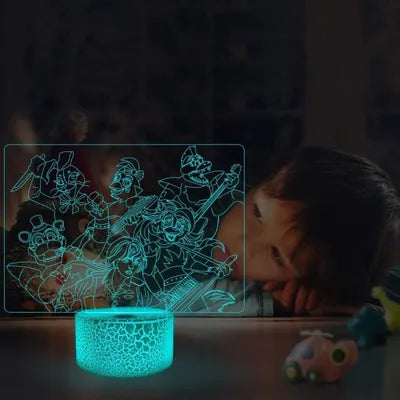With these expert-recommended positions for bottle feeding, you can learn the ABCs of bottle-feeding your newborn and ensure your baby is happy during mealtimes.
It is essential to choose an iron-enriched formula. Low-iron formulas are available because iron is believed to cause gas and constipation in infants, but tests have shown that this is not the case.
Consult your pediatrician if you have a family history of allergies , suspect your baby has lactose intolerance, or have other health concerns, as they may be able to refer you to the formula that best suits your child's needs. Most formulas are available as a powder or concentrate (both of which must be mixed with water) or ready-to-use (the most convenient, but also the most expensive).
During the first few weeks, your baby will probably take between 60 and 120 mL per feed (during the first few days, she may take less than 30 mL with each feed), and will be hungry every two to four hours . This period can only be used as a reference. It is best to feed your baby when he is hungry. If your baby doesn't want to finish the bottle, don't push him. When the bottle is finished, give him some more if he is still suckling vigorously.
Best positions for bottle feeding
Place your baby in a semi-erect position and hold their head while you feed them. Don't feed him while he's lying down , because formula could go up their nose, into the eustachian tube that connects to the back of the eardrum, and cause an infection. Tilt the bottle so the formula fills the neck and covers the nipple, preventing your baby from swallowing air while sucking.
Here are some of the most effective positions to try:
Keep him in your arms.
Place the baby's head in the crook of one arm, and the other arm around or under the baby. Raise the arm slightly, with the baby's head in a semi-upright position.
Have him sit down.
For babies who have painful gas or acid reflux, this positioning is ideal. Place Baby on your lap so that he is more upright. Let him rest his head on your chest or in the crook of your arm.
Place it on your lap.
It works when you're lying down or sitting with your legs up. Place the baby on your lap, with his head on your lap and his feet on your belly. As you and your baby are face to face, this is an ideal place for feeding as you can have significant eye contact.
Tilt the bottle to the side.
When you feed your baby, turn the bottle so that the milk completely fills the teat. This reduces the amount of air your baby inhales, which lowers the risk of suffering from painful gas.
Use a nursing pillow.
Even if you're not breastfeeding, when lying in a nursing pillow, some babies eat well. It slightly elevates your child's head and is particularly useful when your arms are tired. Simply keep your baby's bottle for him, you should never put the bottle up high and let him eat alone.
Check out our adjustable nursing pillow here . You will always find the ideal position for baby to be relaxed when taking the bottle.

After the bottle, the burp
When babies swallow air during feeding, they become fussy and irritable as they feel uncomfortably full. This happens more often in bottle-fed babies , but breastfed infants can also swallow air. The restlessness can become a vicious cycle, causing the baby to swallow more air and be even more nervous.
Burp your baby often, 1 to 2 times per feeding , to prevent his stomach from getting full of air. Continue feeding if your baby doesn't burp after a few minutes of trying.
Here are the three best positions I recommend for baby to burp:
Over the shoulder
Pass your baby over your shoulder and give him a pat or rub on the back.
On the knees
Sit your baby upright on your lap, rest their weight on your palm, and pat or rub their back firmly.
Elongate
Place the baby face down on your lap and rub or rub his back gently.









